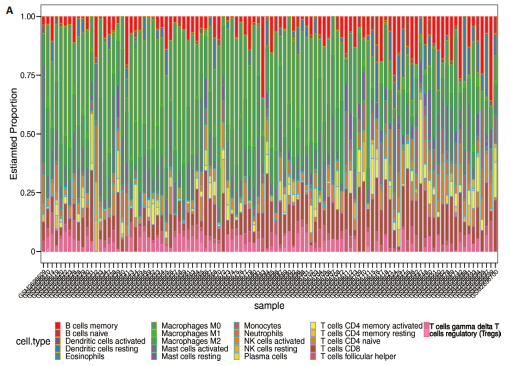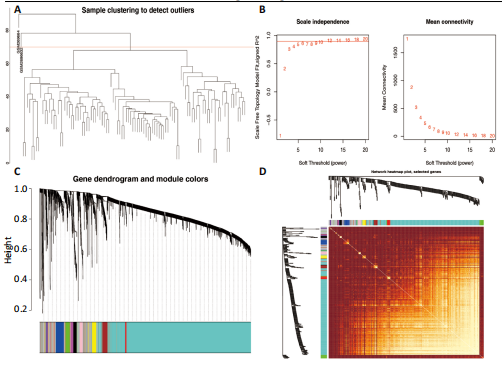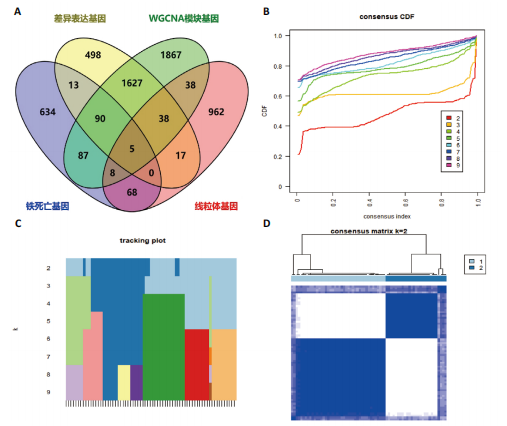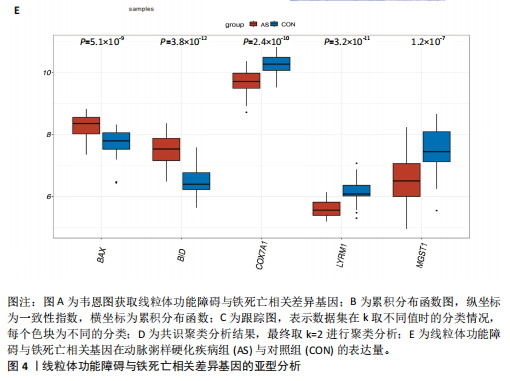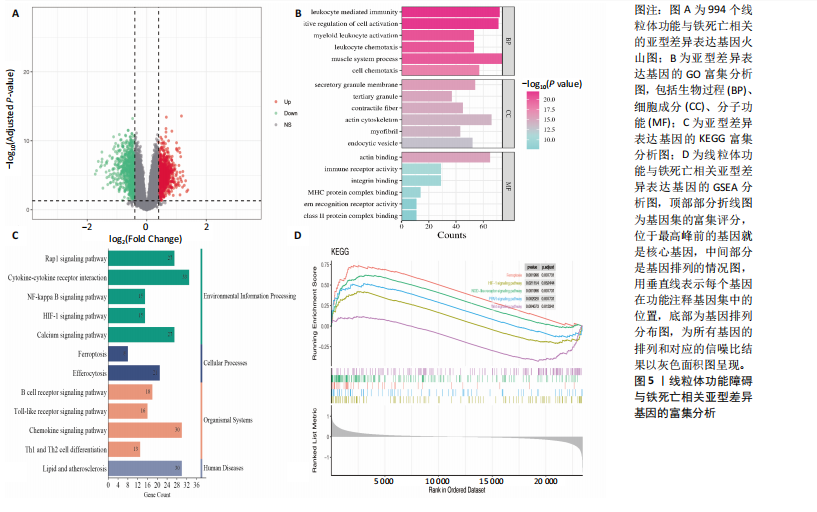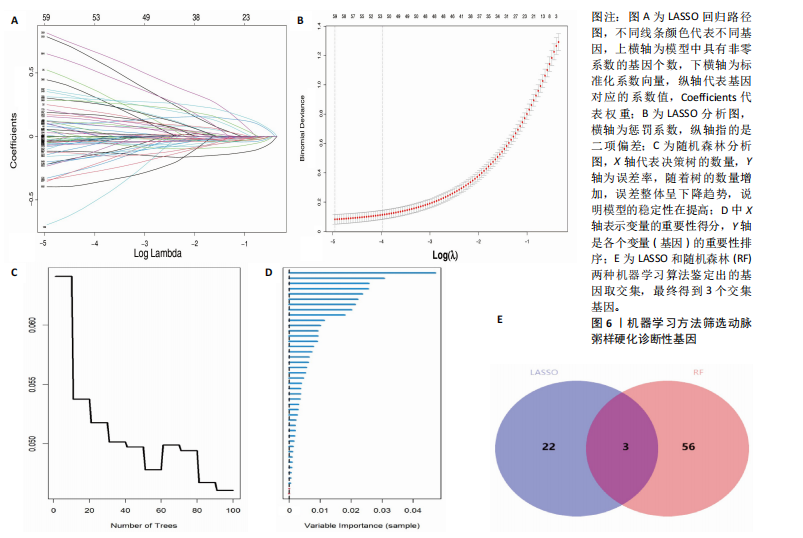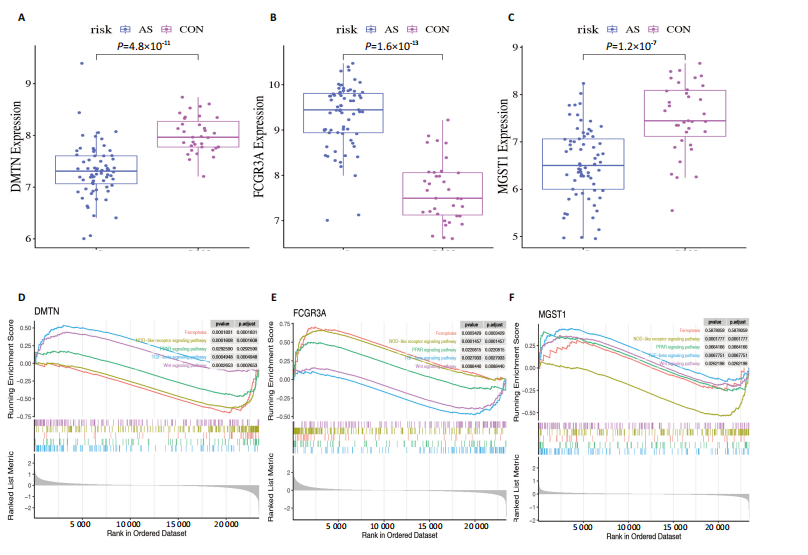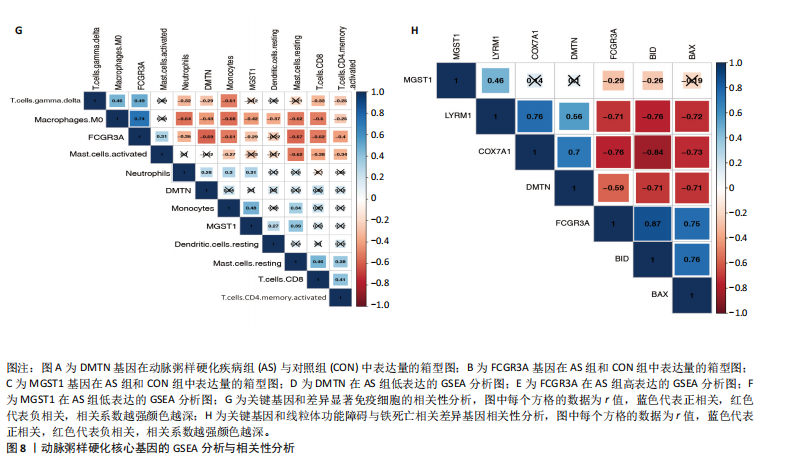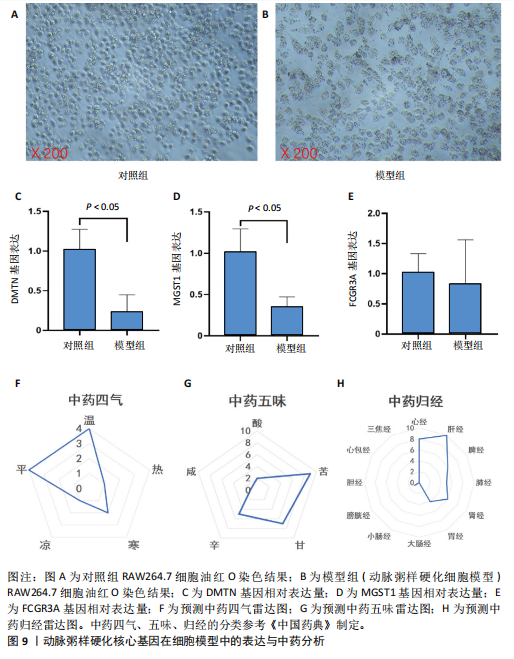[1] GISTERA A, KETELHUTH D. Lipid-driven immunometabolic responses in atherosclerosis. Curr Opin Lipidol. 2018; 29(5):375-380.
[2] DORAN AC. Inflammation Resolution: Implications for Atherosclerosis. Circ Res. 2022;130(1):130-148.
[4] QU K, YAN F, QIN X, et al. Mitochondrial dysfunction in vascular endothelial cells and its role in atherosclerosis. Front Physiol. 2022;13:1084604.
[4] OREKHOV AN, POZNYAK AV, SOBENIN IA, et al. Mitochondrion as a Selective Target for the Treatment of Atherosclerosis: Role ofMitochondrial DNA Mutations and Defective Mitophagy in the Pathogenesis of Atherosclerosis and Chronic Inflammation. Curr Neuropharmacol. 2020;18(11):1064-1075.
[5] ASHAR FN, ZHANG Y, LONGCHAMPS RJ, et al. Association of Mitochondrial DNA Copy Number With Cardiovascular Disease. JAMA Cardiol. 2017;2(11):1247-1255.
[6] 刘若楠,王媞,王大新.铁死亡作为动脉粥样硬化治疗靶点最新研究进展[J].临床心血管病杂志,2024,40(4):335-340.
[7] 刘磊,贾少晗,于鹏.线粒体在铁死亡中的形态特征和作用[J].中国生物化学与分子生物学报,2023,39(6):769-777.
[8] 刘长兴,郭心怡,黄继强,等.基于“脾不散精、痰瘀互结”理论探讨线粒体自噬与动脉粥样硬化的关系[J].中药药理与临床,2025,41(2):95-99.
[9] 万宛若,黄丹,徐婉茹,等.中药成分改善动脉粥样硬化及其机制研究进展[J].中草药,2023,54(17):5748-5758.
[10] 朱利,吴鸿飞.铁死亡在动脉粥样硬化中的作用及中医药干预研究进展[J].中国实验方剂学杂志,2023,29(2):244-252.
[11] 安冬青,吴宗贵.动脉粥样硬化中西医结合诊疗专家共识[J].中国全科医学,2017, 20(5):507-511.
[12] CHOI RY, COYNER AS, KALPATHY-CRAMER J, et al. Introduction to Machine Learning, Neural Networks, and Deep Learning. Transl Vis Sci Technol. 2020;9(2):14.
[13] RATH S, SHARMA R, GUPTA R, et al. MitoCarta3.0: an updated mitochondrial proteome now with sub-organelle localization and pathway annotations. Nucleic Acids Res. 2021;49(D1): D1541-D1547.
[14] ZHOU N, YUAN X, DU Q, et al. FerrDb V2: update of the manually curated database of ferroptosis regulators and ferroptosis-disease associations. Nucleic Acids Res. 2023;51(D1):D571-D582.
[15] LANGFELDER P, HORVATH S. WGCNA: an R package for weighted correlation network analysis. BMC Bioinformatics. 2008;9:559.
[16] 周云,沃兴德,卢德赵.RAW264.7巨噬细胞源性泡沫细胞模型的建立及鉴定[J].中国动脉硬化杂志,2010,18(9):687-690.
[17] 李藤藤,徐东升,李琪,等.淫羊藿苷对ox-LDL诱导的RAW264.7细胞凋亡及炎症的影响[J].中国比较医学杂志,2022, 32(3):9-15.
[18] RAITAKARI O, PAHKALA K, MAGNUSSEN CG. Prevention of atherosclerosis from childhood. Nat Rev Cardiol. 2022;19(8): 543-554.
[19] SALNIKOVA D, OREKHOVA V, GRECHKO A, et al. Mitochondrial Dysfunction in Vascular Wall Cells and Its Role in Atherosclerosis. Int J Mol Sci. 2021;22(16):8990.
[20] FENG X, ZHANG Y, DU M, et al. Identification of diagnostic biomarkers and therapeutic targets in peripheral immune landscape from coronary artery disease. J Transl Med. 2022;20(1):399.
[21] 李兴渊,李晓辉,彭广操,等.动脉粥样硬化进展中差异免疫相关基因与免疫细胞的相关性及潜在干预中药的探索[J].中国免疫学杂志,2023,39(12):2553-2559.
[22] SUN Y, YANG Z, ZHENG B, et al. A Novel Regulatory Mechanism of Smooth Muscle alpha-Actin Expression by NRG-1/circACTA2/miR-548f-5p Axis. Circ Res. 2017;121(6):628-635.
[23] LI HS, ZHOU YN, LI L, et al. HIF-1alpha protects against oxidative stress by directly targeting mitochondria. Redox Biol. 2019; 25:101109.
[24] WU X, PAN J, YU JJ, et al. DiDang decoction improves mitochondrial function and lipid metabolism via the HIF-1 signaling pathway to treat atherosclerosis and hyperlipidemia. J Ethnopharmacol. 2023;308:116289.
[25] 王雪梅,王怡婷,曹莹,等.线粒体功能调控动脉粥样硬化的研究进展[J].心血管病学进展,2022,43(11):1016-1020.
[26] Chen Z, Sun X, Li X, et al. Oleoylethanolamide alleviates hyperlipidaemia-mediated vascular calcification via attenuating mitochondrial DNA stress triggered autophagy-dependent ferroptosis by activating PPARalpha. Biochem Pharmacol. 2023;208:115379.
[27] 祁祥,曹珊,段凯旋,等.基于生物信息学预测冠心病心肌梗死的诊断性生物标志物及靶向铜死亡相关基因的中药[J].中药新药与临床药理,2024,35(5):694-705.
[28] FENG Y, XU J, SHI M, et al. COX7A1 enhances the sensitivity of human NSCLC cells to cystine deprivation-induced ferroptosis via regulating mitochondrial metabolism. Cell Death Dis. 2022;13(11):988.
[29] WEI X, WU Y, PAN H, et al. Proteomics Revealed That Mitochondrial Function Contributed to the Protective Effect of Herba Siegesbeckiae Against Cardiac Ischemia/Reperfusion Injury. Front Cardiovasc Med. 2022;9:895797.
[30] NEITEMEIER S, JELINEK A, LAINO V, et al. BID links ferroptosis to mitochondrial cell death pathways. Redox Biol. 2017;12:558-570.
Against Cardiac Ischemia/Reperfusion Injury. Front Cardiovasc Med. 2022;9:895797.
[31] ITEM F, WUEEST S, LEMOS V, et al. Fas cell surface death receptor controls hepatic lipid metabolism by regulating mitochondrial function. Nat Commun. 2017;8(1):480.
[32] JELINEK A, HEYDER L, DAUDE M, et al. Mitochondrial rescue prevents glutathione peroxidase-dependent ferroptosis. Free Radic Biol Med. 2018;117:45-57.
[33] 王道鑫,张添光,缪朝玉.血管内皮细胞线粒体氧化应激与动脉粥样硬化[J].药学实践与服务,2023,41(6):329-334.
[34] ANIYA Y, IMAIZUMI N. Mitochondrial glutathione transferases involving a new function for membrane permeability transition pore regulation. Drug Metab Rev. 2011;43(2):292-299.
[35] KUANG F, LIU J, XIE Y, et al. MGST1 is a redox-sensitive repressor of ferroptosis in pancreatic cancer cells. Cell Chem Biol. 2021;28(6):765-775.
[36] GUO Z, WANG L, LIU H, et al. Innate Immune Memory in Monocytes and Macrophages: The Potential Therapeutic Strategies for Atherosclerosis. Cells. 2022;11(24):4072.
[37] DUAN M, CHEN H, YIN L, et al. Mitochondrial apolipoprotein A-I binding protein alleviates atherosclerosis by regulating mitophagy and macrophage polarization. Cell Commun Signal. 2022;20(1):60.
[38] 马贵萍,陈冉,肖稳康,等.基于DJ-1/GPX4通路探讨加味二至丸对动脉粥样硬化巨噬细胞铁死亡的影响[J].中国病理生理杂志,2024,40(4):627-636.
[39] 杜高辉,张青,魏宇淼.中性粒细胞胞外诱捕网在动脉粥样硬化中的研究进展[J].华中科技大学学报(医学版),2023, 52(2):252-256.
[40] ZHAO P, LI Y, XU X, et al. Neutrophil extracellular traps mediate cardiomyocyte ferroptosis via the Hippo-Yap pathway to exacerbate doxorubicin-induced cardiotoxicity. Cell Mol Life Sci. 2024; 81(1):122.
[41] 张晋锐,吴圣贤,杜雅薇.基于“寒中于暮”探析动脉粥样硬化的病因病机[J].北京中医药大学学报,2024,47(1):92-96.
[42] 陈小敏,张健,丁砚兵,等.从络虚毒损探讨症状性颅内动脉粥样硬化性狭窄因机治法[J].北京中医药大学学报,2022, 45(2):135-139.
[43] 魏一鸣,王显.论“心肝相关”理论在心系疾病临证治疗中的应用[J].中医杂志, 2020,61(6):493-496.
|


